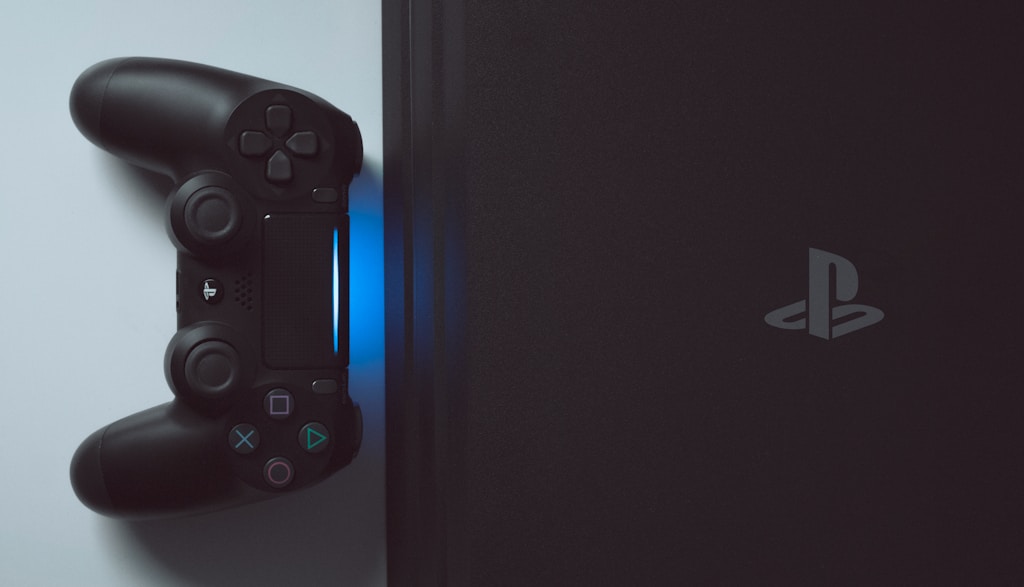
Gaming consoles provide smooth and high-tech gaming experiences, but as time progresses, they can slow down due to software bloat, overheating, or hardware limitations. Whether you use a PlayStation, Xbox, or Nintendo Switch, keeping your system up to date, managing storage space, and optimizing power settings help maintain performance. Optimizing internet connection, clearing cache and temp files, and closing background applications reduce lag and loading times. However, if the problem continues, contact a professional game console repair technician for a reliable solution.
What is Game Optimization?
Video game optimization is the process of making a video game run well on its target platforms. This process involves a series of alterations and updates to optimize the game with fewer resources to ensure the best experience. It also requires a deep knowledge of coding and the hardware it will eventually run on for better results. By optimizing for the target, developers offer the finest gameplay without overloading the player’s processor.
Strategies to Improve the Performance of Your Console
Here’s how to keep your console performing at its best.
Tip 1: Keep Your Console Dust-Free
Dust can block vents, leading to overheating, sluggish performance, and system crashes. To keep your console dust-free:
- Use compressed air to dust off vents and fans.
- Do not place the console in poorly ventilated spaces that block airflow.
- Use a microfiber cloth to wipe the exterior to avoid dust accumulation.
- Regularly check the internal components and clean them if needed.
- Use dust covers when not in use.
Tip 2: Manage Storage Space
Optimizing your console’s storage space can reduce loading times and improve overall performance.
- Remove any games and apps that you don’t need.
- Move old games to an external hard drive.
- Always reserve at least 10-20% of storage space to perform optimally.
- Rearrange game data and delete temp or duplicate files.
- Whenever possible, you can use Cloud storage to save space.
Tip 3: Keep Your System Updated
Manufacturers introduce firmware updates to resolve bugs and improve performance. You can install these updates and read the patch notes to get new features. After installing the firmware update, restart the console to apply it properly.
Tip 4: Improve Internet Connection
A fast and stable connection is important for online gaming to prevent lag.
- For the best speed, use a wired Ethernet connection.
- If you’re using Wi-Fi, try to position the console near the router.
- In case of connection lag, upgrade to a faster internet plan.
- Minimize downloads or streaming on other devices while gaming.
- Install a Wi-Fi extender or mesh system to expand coverage.
Tip 5: Optimize Power Settings
Managing the power settings can make a big difference in improving your system’s performance. To do this:
- Use the “Performance Mode” feature.
- Turn off resource-consuming background apps and features.
- Do not use Rest Mode for long, as it can cause memory leaks.
- Power down wireless connections you’re not using, such as Bluetooth, to conserve power.
- Change display settings to align with your console’s performance mode.
Tip 6: Clean Cache and Temporary Files
Cached data can slow system performance over time.
- Periodically restart your console to clean temporary files.
- If a game appears problematic, uninstall and reinstall it to eliminate corrupted files.
- Remove old screenshots, videos, and unused game data.
- Use any storage optimization applications installed in your console.
Tip 7: Prevent Overheating
Overheating can result in lag and system crashes.
- Do not keep the console in a poorly ventilated place.
- Use cooling stands or external fans to prevent overheating.
- Do not store it near a heater or expose it to direct sunlight.
Tip 8: Upgrade Hardware (If Applicable)
On some consoles, hardware upgrades can enhance performance.
- If supported, upgrade to SSD (Solid State Drive), which loads the games without delay.
- Offload unused games to an external storage device.
- Use high-quality HDMI cables for better display performance.
Tip 9: Turn Off Background Apps
Too many apps running in the background can make your console slow.
- Close apps or games that are not in use.
- Turn off notifications that are not needed.
- You can disable background recording and voice commands.
Tip 10: Reset Your Console
As a last resort, a factory reset can improve your console’s performance.
- Save important data to cloud backup storage or external devices.
- Perform a factory reset from the system settings.
- Reinstall essential apps and games you need.
What Are the Performance Improvements of Unity 6?
With Unity 6, you can meet your vision with quick and easy creation with powerful lighting options and dynamic AI features. You can enjoy faster rendering, end-to-end multiplayer workflows, and improved mobile web runtimes. Unity 6 improves console performance for better gaming experiences with Burst Compiler integration for code execution and faster runtime. The Data-Oriented Technology Stack (DOTS) helps manage large-scale games and complex simulations. The Scriptable Render Pipeline (SRP) gives you better control over your gaming process.
Conclusion
To summarize, you can apply various performance optimization techniques to get the maximum out of your console. Regularly updating the system, cleaning the hardware, and managing storage can help ensure a smooth gameplay experience. Improving internet connection, modifying power settings, and erasing cached data can also improve performance. Upgrading hardware or resetting the console can optimize performance for seamless gaming. If these solutions don’t help, contact a game console repair shop for professional help.
Similar / Related Content:
- https://unity.com/resources/optimize-your-console-and-pc-game-performance
- https://pinglestudio.com/blog/porting/video-game-optimization-best-practices-for-console
Featured image credit: Unsplash.